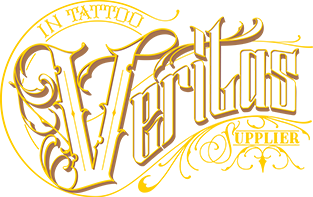M.C. Escher. Prints and drawings Taschen
From impossible staircases to mosaics made from birds, explore the marvellous graphic world of M.C. Escherescher, master of singular perspectives and mathematical puzzles; the man who turned the two-dimensionality of paper into illusory volume. This introduction presents his key works and explores the evolution of his unique pictorial style that has captivated scientists and seduced bohemians.
Hardcover, 21 x 26 cm, 0.61 kg, 96 pages.
Edition: English.
With the purchase of a book you get a FREE bookmark.
By buying this product you can collect up to 1 loyalty point. Your cart will total 1 point that can be converted into a voucher of €0.10.
M.C. Escher, the genius of graphic patterns
With his impossible staircases or his mosaics made of birds, the Dutch artist M.C. Escher (1898-1972) created a unique graphic language of puzzles, singular patterns and mathematical patterns. Dense, complex and built on intricate principles, his work, decorative and playful at the same time, continually plays with optical illusions, continually plays with optical illusions and the limitations of sensory perception. For mathematicians and scientists, Escher was a genius. For hippiesa pioneer of psychedelic art.
Born in Leeuwarden (Holland) in 1898, Escher's early works focused on nature and landscapes, which he exhibited regularly in Holland and with which he gained some international recognition. However, it was during a trip to the Alhambra palace in Granada (Spain) in the 1920s that Escher found the way forward. Drawing the Nasrid decorative motifs, Escher was captivated by the composition and interdependence of their forms composition and interdependence of their forms.
Working mainly with lithographs and woodcuts, Escher went on to explore the relationship between form, figure and space relationship between form, figure and space with an almost obsessive enthusiasm. He reveled in the peculiar points of view, the variety of perspectives, in the transition from the two-dimensionality of paper to illusory volume, and in intricate mathematical puzzles, like the Moebius strip, a seemingly infinite loop that twists and turns back on itself in a contortion of physical impossibility.
This introductory book of TASCHEN's Basic Art 2.0 series delves into the brilliant mind of Escher through his key works, the fruit of his ongoing research into image and perception. Along the way await fish mutating into birds, lizards that seem to escape from the page, masterful reflections, endless labyrinths and some of the most mind-blowing images of 20th century art.


















